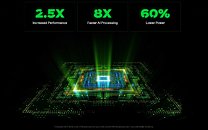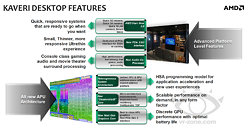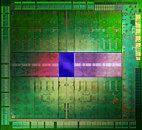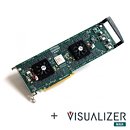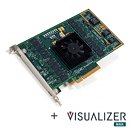Imagination's new Catapult CPU is Driving RISC-V Device Adoption
Imagination Technologies today unveils the next product in the Catapult CPU IP range, the Imagination APXM-6200 CPU: a RISC-V application processor with compelling performance density, seamless security and the artificial intelligence capabilities needed to support the compute and intuitive user experience needs for next generation consumer and industrial devices.
"The number of RISC-V based devices is skyrocketing with over 16Bn units forecast by 2030, and the consumer market is behind much of this growth" says Rich Wawrzyniak, Principal Analyst at SHD Group. "One fifth of all consumer devices will have a RISC-V based CPU by the end of this decade. Imagination is set to be a force in RISC-V with a strategy that prioritises quality and ease of adoption. Products like APXM-6200 are exactly what will help RISC-V achieve the promised success."
"The number of RISC-V based devices is skyrocketing with over 16Bn units forecast by 2030, and the consumer market is behind much of this growth" says Rich Wawrzyniak, Principal Analyst at SHD Group. "One fifth of all consumer devices will have a RISC-V based CPU by the end of this decade. Imagination is set to be a force in RISC-V with a strategy that prioritises quality and ease of adoption. Products like APXM-6200 are exactly what will help RISC-V achieve the promised success."


















